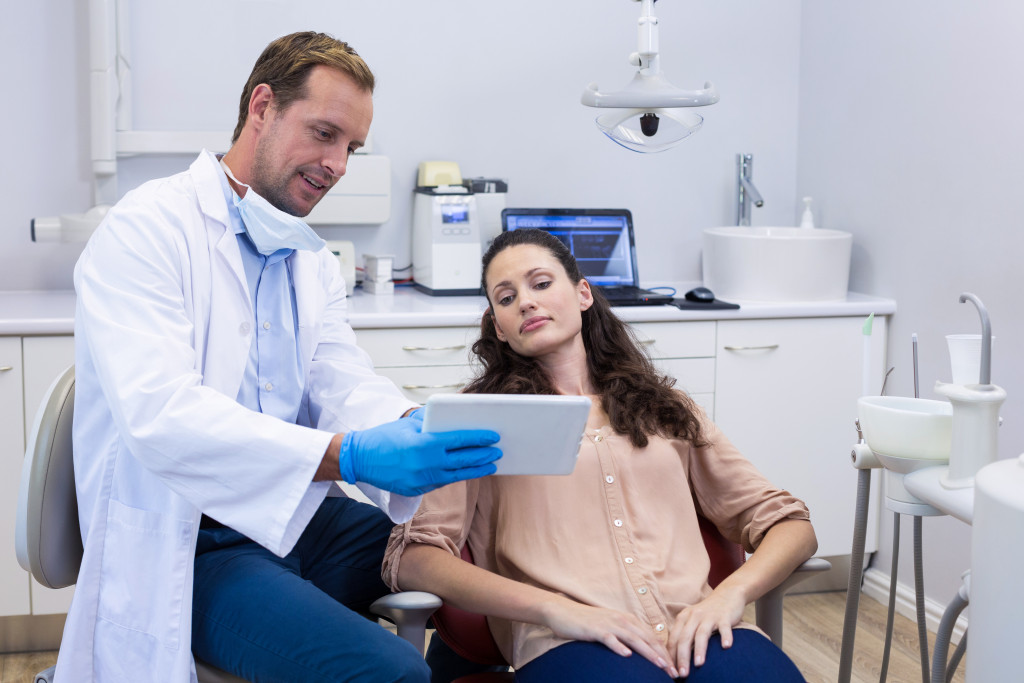Technological advances are transforming the healthcare industry, revolutionizing how care is delivered and managed. It has the potential to improve patient outcomes and reduce costs by streamlining processes and connecting clinicians with patients. It can also provide better access to care for rural and underserved populations.
However, not everyone is taking advantage of these new technologies. Many still don’t seem to be aware of the benefits that technology can bring to their practices. To help spread awareness and make sure everyone is up-to-date with the latest innovations, here is what you need to know about the use of technology in healthcare.
Big Data and Analytics
Data have been game-changers in healthcare. With vast amounts of information now available on electronic health records (EHRs), providers can gain insight into their patient’s conditions and make better treatment decisions.
For example, you can use big data to develop predictive models to help identify high-risk patients or predict which treatments will be most effective for different diseases. You can also use data to track trends, identify gaps in care, and monitor outcomes.
Several analytics tools are also designed to make it easier to analyze and interpret healthcare data. These can be used to gain a better understanding of patient populations and to improve outcomes.
Telemedicine
The rise of telemedicine has opened up new opportunities for providers to extend the reach of their services. By using video conferencing, providers can now deliver care to patients remotely, reducing the need for in-person visits and increasing access to care for those in rural and underserved areas.
Telemedicine can also help reduce healthcare costs. With patients receiving care from their homes, there’s no need to schedule and pay for transportation to the doctor’s office. You can also save time and money by scheduling follow-up appointments through telemedicine services.
Especially during the COVID-19 pandemic, telemedicine has become essential for providing quality care while limiting the risk of contagion. With telemedicine services, clinicians are able to provide care to patients while socially distanced, helping to contain the spread of the virus.
So, it’s not surprising that telemedicine is becoming increasingly popular. With the right technology and infrastructure, providers can now provide care from virtually anywhere.
Dental Treatments
The evolution of technology has also impacted the dental industry. From 3D imaging and scanning to advanced treatments like laser-assisted dentistry, providers can now deliver faster, more precise care to their patients.
Many options are now available to help make treatments less invasive and more comfortable. For example, same-day dental implants allow patients to get teeth replacement in a single visit, reducing overall costs and time for treatment. Another example is the use of CAD/CAM technology to create custom crowns and veneers in a single appointment.
Dentists can also perform remote consultations and use robotic tools to improve accuracy during procedures. With these advanced technologies, providers can reduce the amount of time patients spend in the chair, resulting in faster treatments and improved patient experiences.

Artificial Intelligence (AI)
AI is also making its mark on healthcare. AI-driven systems can help providers diagnose illnesses faster and more accurately than ever by analyzing vast amounts of medical data in seconds. AI-powered chatbots are also used as virtual assistants to answer patient questions or provide information about medications, treatments, or lifestyle changes.
You can also use AI to monitor patient health data and alert providers to potential issues. This can help providers catch illnesses early on, resulting in faster treatments and better patient outcomes. AI also develops personalized treatments tailored to an individual’s unique characteristics, allowing providers to deliver more individualized care.
Surgical Robotics
Robotic-assisted surgery is another area of healthcare that has been impacted by technology. Robotic surgical systems are designed to provide surgeons with increased accuracy, precision, and control when performing complex procedures. These systems are also associated with fewer complications and lower infection risk than traditional surgery.
Robotic surgical systems are now being used for various procedures, from minimally invasive surgery to organ transplants. With robots handling delicate tasks, surgeons can complete operations faster and more precisely than ever. Plus, robotic systems can be used in remote locations, allowing surgeons to operate on patients from a distance.
As you can see, technology has revolutionized the healthcare industry and opened up a range of new opportunities for providers to deliver quality care to their patients. From telemedicine to AI-driven diagnostics and robotic surgery, technology is transforming the way healthcare gets delivered. With the right technology and infrastructure, providers can now provide care from virtually anywhere, faster and more accurately than ever before.


